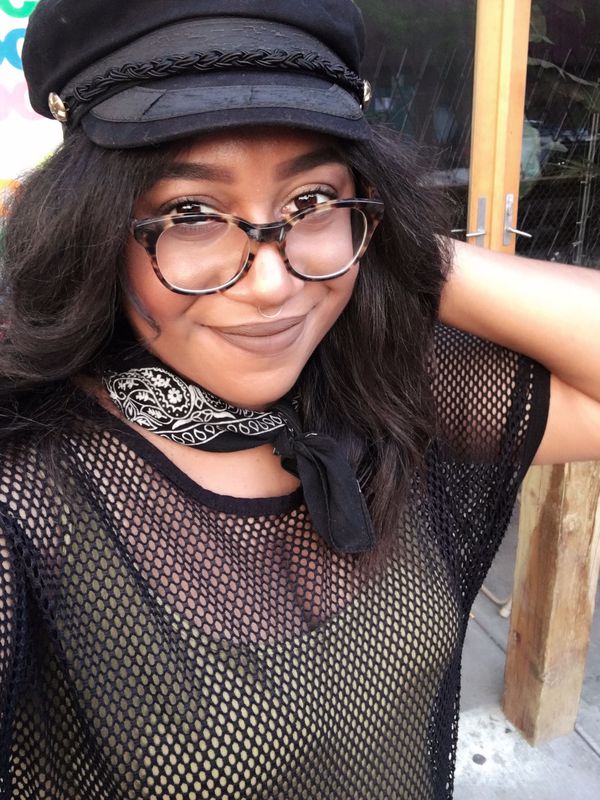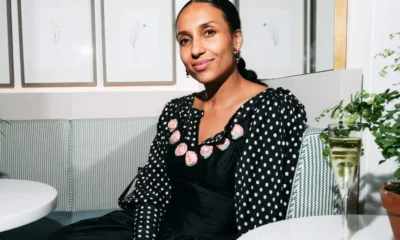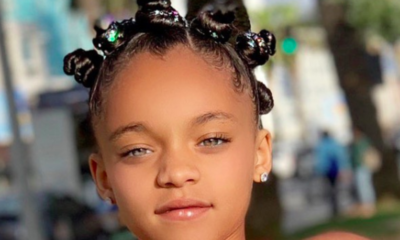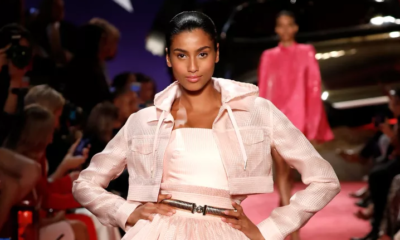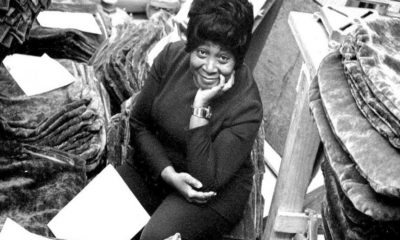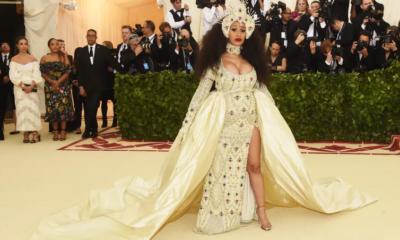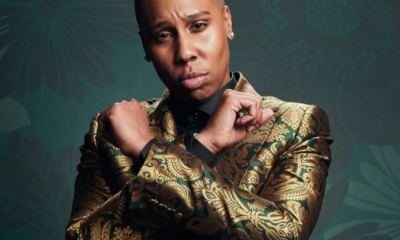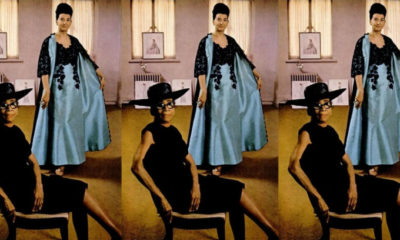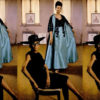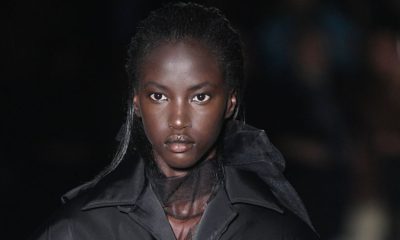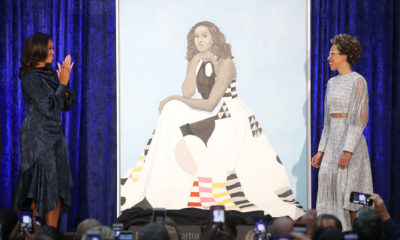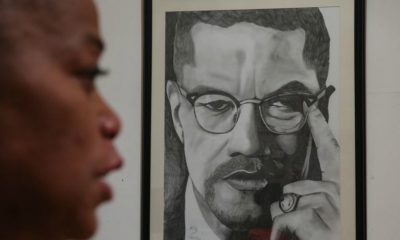Fashion
Meet the Black Girls of Goth
They say the scene isn’t about what you look like, but how you feel.
Pale, thin, and white. In some ways, the aesthetic ideal for a goth isn’t much different from the aesthetic ideal for a ballerina.
While ballet has superstar Misty Copeland bringing attention to the lack of diversity in that field, goth culture doesn’t have an African American of similar status as its face. Yet black goths exist. They can be found in Facebook groups like Black Goth Girls Rock. They attend the AfroPunkmusic festival in combat boots and Wednesday Addams dresses. And they’re buying the new topsillustrator Bianca Xunise designed for indie brand Adorned by Chi.
“So goth, I was born black,” the shirts declare.
It’s the unofficial motto of goths of color, Xunise explains.
“I don’t know the originator,” she says. “It’s something I’ve seen and heard since the early days of LiveJournal.”
Born to artist parents in Chicago, the 30-year-old says she’s identified as a goth since childhood. Although contemporary music was off limits to her as a kid, she found herself drawn to movies like Beetlejuice, Casper, and Mermaids. But her interest in goth style and culture led bullies to pick on her in school. Some of her black classmates were weirded out by her interest in the subculture, while being a woman of color made her feel as if she didn’t quite fit in with fellow goths.
“Whiteness and thinness and all these other things are valued in the goth community, and that can make you feel very excluded because I had a black body and skin,” she says. “I’m not a thin, pale white woman. I’m a plus-sized black woman, but I thought, ‘I’m going to create my own space.’”
Xunise isn’t the only one. Other African-Americans say they became “scene kids” because of their upbringings, interest in art and music, or fondness for a particular aesthetic. They point out that goth and alternative cultures may be linked to whiteness in the popular imagination, but many of …
Please read original article- Meet the Black Girls of Goth



